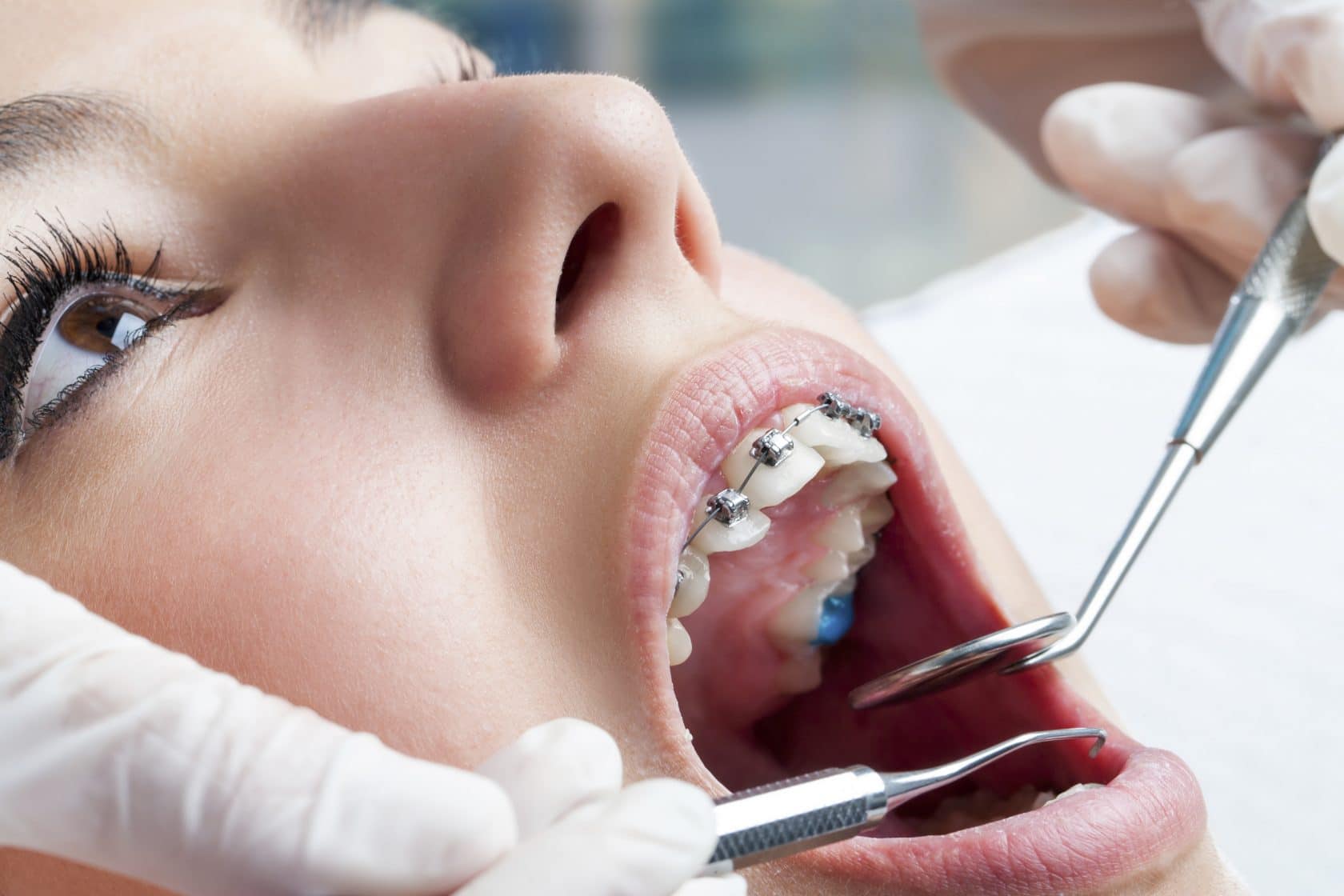Leading Tips for Selecting the Best Cumming Orthodontist for Braces and Aligners
Wiki Article
Comprehensive Overview to Orthodontics Procedures for Fixing Oral Misalignments
In the world of orthodontics, the trip to attaining a flawlessly aligned smile involves a myriad of procedures tailored to remedy dental misalignments. From traditional dental braces to invisible aligners and also surgical alternatives, the field of orthodontics offers a series of solutions to attend to varying levels of dental abnormalities. Comprehending the complexities of each procedure, including their systems, benefits, and possible disadvantages, is vital in making notified decisions about one's orthodontic therapy. As we browse through the detailed guide to orthodontic treatments for correcting oral imbalances, the complex information of each technique will certainly unfold, clarifying the course towards a harmonious and practical dental placement.Orthodontic Procedures Overview

In enhancement to typical dental braces and clear aligners, orthodontists may additionally suggest other treatments like headwear, palatal expanders, or retainers to address details placement issues (cumming orthodontist). These treatments are tailored to every individual's distinct needs and might entail a mix of therapies to attain the desired outcomes. Routine modifications and tracking are essential components of orthodontic treatment to make sure progression is on track and to make any needed adjustments along the way. By undergoing orthodontic treatments, patients can not just achieve a straighter smile however also boost their general oral health and wellness and function.
Standard Braces: Just How They Function
When thinking about orthodontic therapies for oral imbalances, traditional dental braces stand out as a tried and true method for fixing teeth positioning. Traditional dental braces are composed of braces, cords, and bands that function with each other to use continual pressure on the teeth, slowly relocating them into the wanted placement.
As stress is applied to the teeth with the dental braces, the bone surrounding the teeth is improved to support the brand-new tooth placements. People will require regular adjustments at the orthodontist's workplace to make sure the braces proceed to apply the proper pressure for efficient teeth activity.
Unseen Aligners: Disadvantages and pros
These clear, personalized trays are essentially unseen when put on, making them an enticing alternative for individuals seeking a more aesthetically pleasing orthodontic therapy. People can eliminate the aligners prior to consuming or cleaning their teeth, reducing the danger of food getting stuck in the home appliance and simplifying the cleaning process.
Surgical Orthodontic Options
Surgical interventions in orthodontics existing feasible choices for addressing complex oral misalignments that may not be effectively solved through conventional orthodontic therapies. While typical braces and unnoticeable aligners can correct numerous orthodontic issues, particular cases need surgical intervention to accomplish ideal results. Surgical orthodontic options are generally suggested for extreme malocclusions, considerable jaw disparities, and cases where the underlying bone framework needs adjustment to achieve correct placement.One common surgical orthodontic procedure is orthognathic surgery, which involves rearranging the jaws to remedy functional issues such as trouble talking or eating. This surgical procedure is usually done in partnership with an orthodontist who assists straighten the teeth before and after the treatment. Surgical orthodontics might also entail procedures to subject influenced teeth, get rid of excess periodontal tissue, or improve the jawbone to produce an extra harmonious facial account.
Before taking into consideration medical orthodontic options, clients undergo a detailed assessment to establish the requirement and potential benefits of such interventions. orthodontist. While surgery may seem challenging, it can substantially boost both the function and appearances of the smile in instances where traditional orthodontic therapies drop short
Retainers and Post-Treatment Treatment

Post-treatment treatment involves complying with the orthodontist's directions vigilantly. This may include proper oral health practices, going to follow-up visits, and wearing the retainers as suggested. Failure to abide by post-treatment treatment instructions can result in regression, where the teeth gradually relocate back towards their initial placements. Regular retainer wear, excellent dental hygiene, and routine dental examinations are essential for maintaining the results attained through orthodontic surgery and making certain the long-term stability of the remedied oral positioning.
Verdict
Finally, orthodontic treatments use various options for remedying oral imbalances. Conventional braces make use of metal braces and cords to move teeth right into correct alignment. Unnoticeable aligners provide a more discreet option where can i find a dentist but might not be ideal for all cases. Surgical orthodontic alternatives are offered for extra extreme misalignments. Retainers are frequently used post-treatment to preserve the new positioning. On the whole, orthodontic treatments can effectively boost oral health and wellness and visual appearance.As we navigate with the thorough guide to orthodontic treatments for correcting dental misalignments, the complex details of each approach will certainly unravel, losing light on the path toward a practical and harmonious dental positioning. - orthodontist
One of the most usual orthodontic therapies is the use of dental braces, which are composed of metal brackets and cables that apply mild stress to gradually move teeth into the preferred position.When taking into consideration orthodontic therapies for oral misalignments, standard dental braces stand out as a time-tested approach for remedying teeth positioning. In addition, unnoticeable aligners may not be suitable for complicated orthodontic issues that call for great site even more substantial teeth activity, as they are normally recommended for light to modest cases. Retainers are personalized orthodontic devices designed to hold teeth in their remedied placements after the conclusion of orthodontic treatment.
Report this wiki page